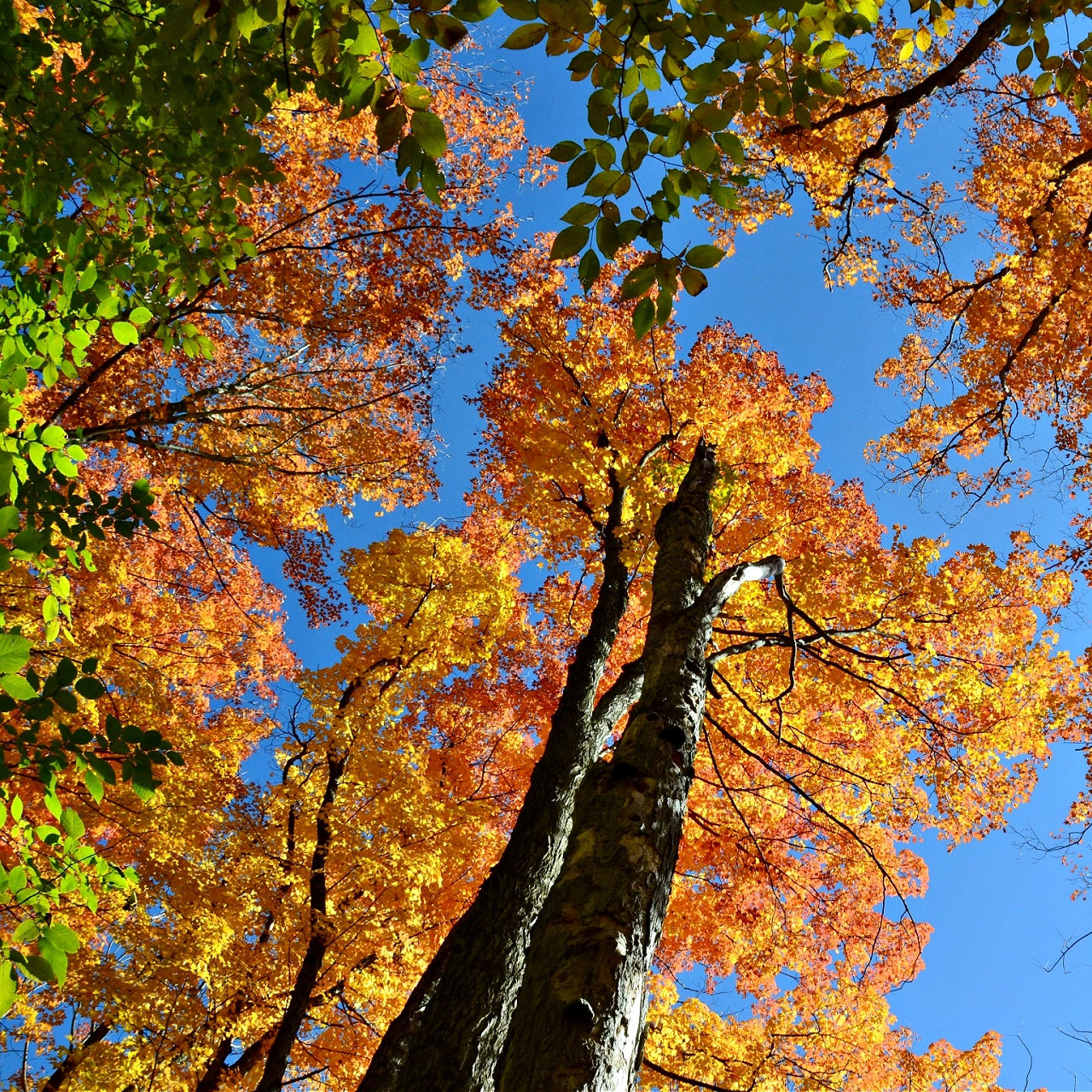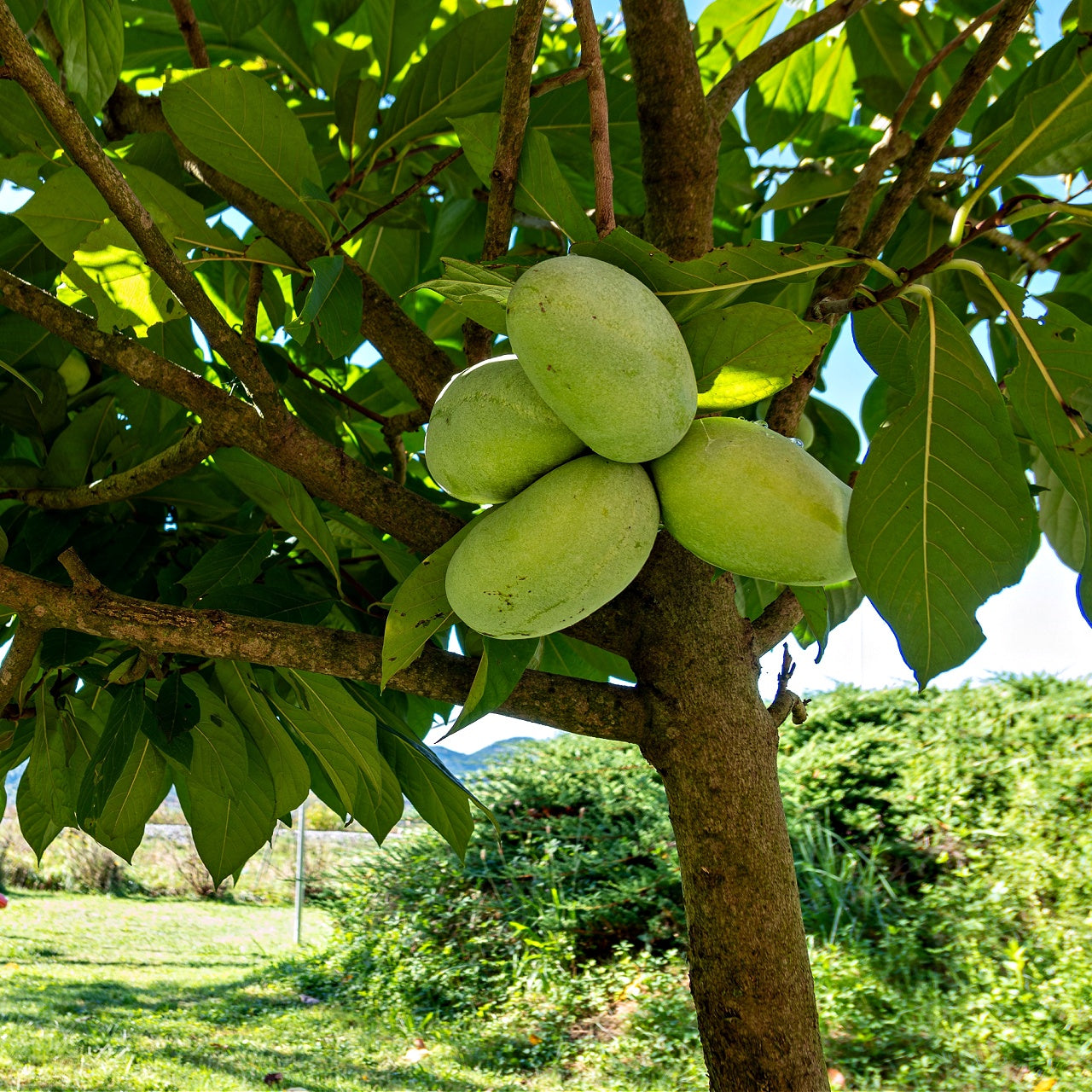
Uses Of Pear Fruit Trees in Landscaping
Uses Of Pear Fruit Trees in Landscaping
Uses Of Pear Fruit Trees
When landscaping, adding shrubs, flowers, and trees to your compounds makes it livelier and improves air quality around your home. You can plant fruit or non-fruit trees when choosing the types of trees to plant. However, fruit trees will be more beneficial because they also give you fruits, making the compound beautiful and freshening the air. One of the most common fruit trees for landscaping is the pear tree. There are different types of pear fruit trees, but the main varieties are Asian, European, and hybrid. The primary way to differentiate them is by heath and width. Some grow bigger than others, although the average height is around 18 to 20 feet, and the average width is around 12 feet.
Why You Should Plant Pear Fruit Trees
Fresh Fruits When planting fruit trees, getting free and fresh fruit is usually one of the primary motivators. Pears are the sweetest and most healthy snacks for you and your family. To get pear fruits, you need to plant at least two varieties of trees because they need cross-pollination for reproduction. Ask a local seller to ensure that you get compatible varieties. It could take 3-10 years for your pear tree to start bearing fruit, but after that, it takes a short period for them to bear more fruits. They need full sunlight to bear fruit, meaning they bear fruit mainly in the sunny months of the year. Good For the
Environment Pear fruit trees have extensive roots that help keep your soil intact to avoid erosion during rainy days. When they bloom, they attract pollinators like bees and butterflies, which will help pollinate other trees and flowers in your compound, increasing the vegetation. Their shade also helps protect the grass and plants underneath from the hot sun. Beautifies the home. Trees generally add a curb appeal to your compound. Pear fruit trees have beautiful green and glossy leaves, contrasting with dark brown branches. During early spring, their white flowers add to their beauty. They also create perfect shade where your pets or children can play.






